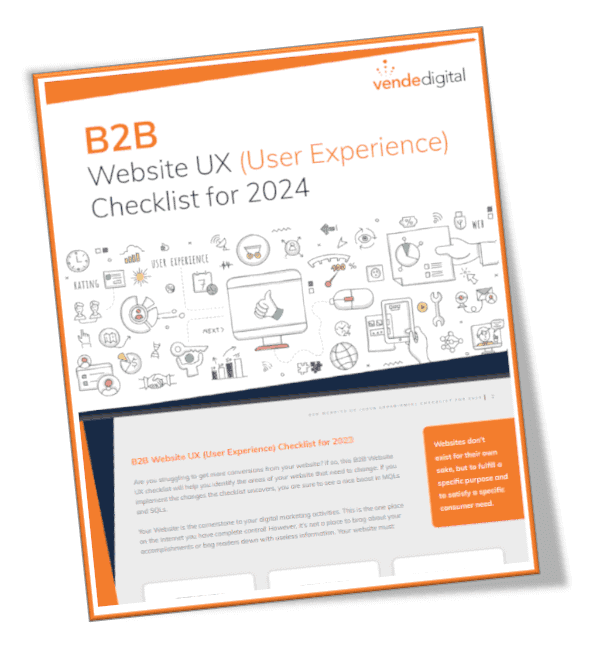 They expected that a well-funded political campaign would result in a win. Unfortunately, the Clinton campaign didn’t plan on Trump or his Twitter account. Funny, they hadn’t planned on Obama’s Facebook account either…
They expected that a well-funded political campaign would result in a win. Unfortunately, the Clinton campaign didn’t plan on Trump or his Twitter account. Funny, they hadn’t planned on Obama’s Facebook account either…
The 2008 Obama presidential campaign introduced politics to social media. Facebook was pretty much the only platform, having recently eclipsed MySpace but the “change” campaign used it to full advantage for the “yes, we can” message. They repeated the performance in 2012.
The Obama campaign spent record amounts of money on traditional advertising to reach the broader population but they knew the youngsters could be found on social media. Found them, they did – and they came out in record numbers to vote for “Hope and Change.”
Political Hashtags
This past election was also largely carried out on social media and “both sides” demanded change.
On the Democrat side – the #FeelTheBern movement was mesmorizing for millennials. Before being overrun by the “establishment”, Bernie Sanders used Facebook like a pro and captured the hearts of millions of millennials. This aging “professor” who once identified as a socialist, brought in a whopping $240 million in donations – $134 million of that was in small donations of less than $200. That was the power of social media.
The other social media master was this year’s shocker and the winner of the GOP nomination who would go on to win the election. Donald Trump was an unlikely GOP candidate for several reasons. He is a 70-year old celebrity-businessman who once identified as a democrat. No one in the party – or in the media – took him seriously and if it weren’t for Facebook and Twitter, he never would have gotten any traction. He managed to win the Republican nomination by taking his message straight to the voters.
Neither the #FeelTheBern nor the #MAGA campaigns had the “traditional” stamp – or a “traditional” advertising plan. To the political world, the Trump strategy looked disorganized, inexperienced and underfunded. The campaign had half as much money, no ground game, limited staff and few commercials. The Trump campaign spent about one-fourth of the budget on internet ads and though their direct media came in at about the same cost, most of that looked like a “last minute” decision. It didn’t come until October and was “only” run in certain states.
In comparison, the Clinton advertising strategy was planned and presidential – it was also big – direct media ads were at 53% of the total campaign cost (more than the whole Trump campaign) with another 5% spent for online advertising. She was presidential, acted presidential, planned a presidential strategy. Lots of offices in lots of locations manned by lots of staff who did everything according to plan.
Why did a disorganized, low-budget, erratic campaign run on behalf of a celebrity with no political experience and no “filter” do better? Marketing – social media marketing.
What’s the point?
They said that Trump wasn’t a politician and he couldn’t win a presidential election. He wasn’t. He couldn’t and actually – he didn’t. Trump is not a politician, he is a businessman.
Trump’s “underfunded, haphazard, erratic” political campaign with “last-minute” advertising decisions made in a “panic” was actually a “lean, flexible marketing plan” which allowed for “evaluation and adjustment” of activities.
His “incessant, serial” Tweets and “random” Facebook posts were actually “social media marketing.”
The Trump campaign was successful because of social media. Though it may not have seemed like it was planned – it follows right along with what you need to do to use social media marketing effectively.
- A target market with demographics that match the social media platform
- Clear messaging that represents the product well
- A compelling story
- Frequent and routine posts
- Engaging content
- Constant surveillance and response
Whether you like him or not – Trump himself is a master-marketer and knew how to assess his target, deliver his message, adjust and re-aim. Much like “reading a room”, Trump was able to read social media and adjust his message to meet the people where they were.
